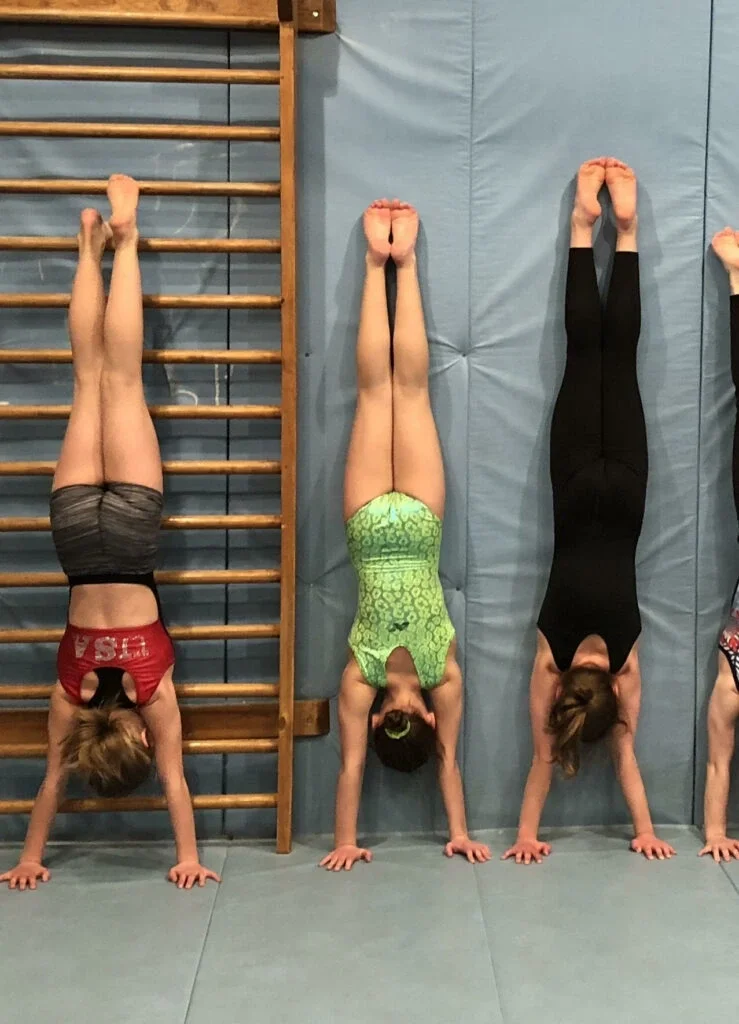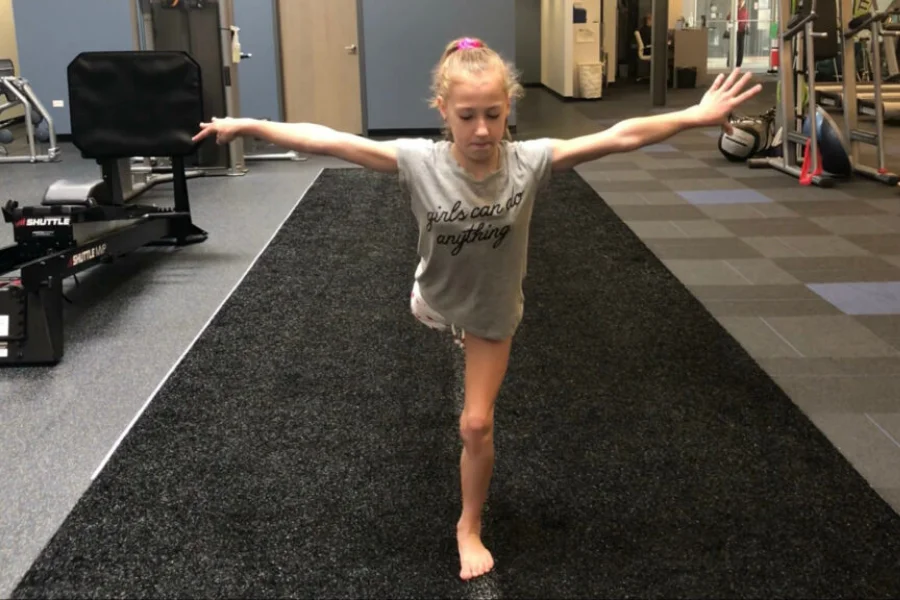Gymnast – It is no secret that gymnastics takes a toll on your body. You move, bend, flip, and control your body in ways that many people would never even consider. While gymnastics is a great way to exercise and perform, it also comes with some risk factors. Fortunately, sports physical therapy treatments can help you learn proper body techniques in order to perform at your optimum level and prevent the risk of sustaining an injury. To learn more about how you can benefit from these methods of treatment, contact PREP Performance Center today!
Common injuries sustained by gymnasts:
Before you can make an effort to avoid injuries, it is important to understand some of the most common injuries that gymnasts tend to experience. This will help you notice the signs quickly, in the chance that you end up with one. Some of the most common injuries sustained by gymnasts include:
Stress fractures. Stress fractures are tiny cracks in the bone that develop from excessive overuse of a body part. For example, a stress fracture may occur in the shoulder from repetitive tumbling or vault exercises, due to the repetitive strain of weight that is put on them.
Spondylolisthesis. Spondylolisthesis is a spinal disorder. It occurs when vertebrae in the base of the spine slip backward, forward, or over the vertebrae below it. As we mentioned earlier, a gymnast’s body moves differently than others. Repetitive tumbling can cause vertebrae to shift over time, which can result in spondylolisthesis.
Sinding-Larsen-Johansson Syndrome. Sinding-Larsen-Johansson Syndrome is another overuse injury. It occurs when the bone at the bottom of the patella (kneecap) becomes inflamed in the area where the tibia (shin bone) is connected by a tendon. A lot of stress is put on a gymnast’s knees, from the beam, to the vault, and especially the floor. Repeated stress from weight-bearing exercises can result in Sinding-Larsen-Johansson Syndrome over time.
Proper technique in Gymnast:
One of the best ways to decrease your risk of sustaining an injury is to practice proper technique. For a gymnast especially, this is important for both the upper and lower body. Some proper techniques to consider include:
1. Proper upper-body loading and landing mechanics during handspring, vault, and bars.
– Hands shoulder distance apart.
– Elbows straight.
– Pushing through hands to engage through shoulders for proximal stabilization.
The use of proper hand placement while loading allows for reduced load and stress at the elbow and wrist.

2. Proper lower-body loading and landing mechanics during handspring, vault, and bars in Gymnast.
– Neutral foot and knee alignment – toes and knee facing forward.
– Hips back – avoid letting the knees go over the toes.
– Single leg alignment.
– Toes and knees forward.
– Hips forward and equal.
Shock absorption while pushing the hips back allows for proper hip, knee, and foot placement, as well as reduced stress and load on the knee and ankle.
If you are a gymnast looking to improve your skill and avoid injury, contact our Chicago, IL physical therapy center today. We’ll help provide you with the techniques and methods necessary for you to reach your optimum physical capabilities and decrease your risk of pain or injury!
Contact PREP Performance Center for more information.


